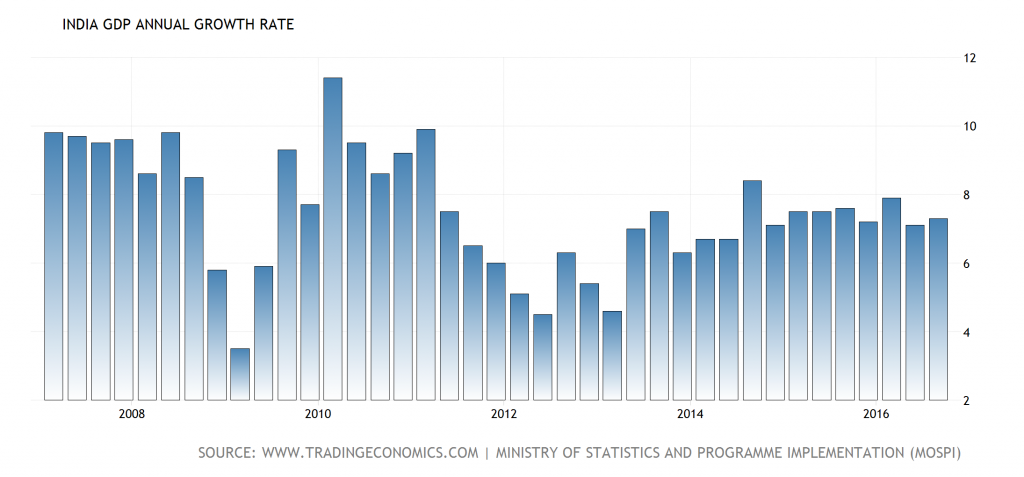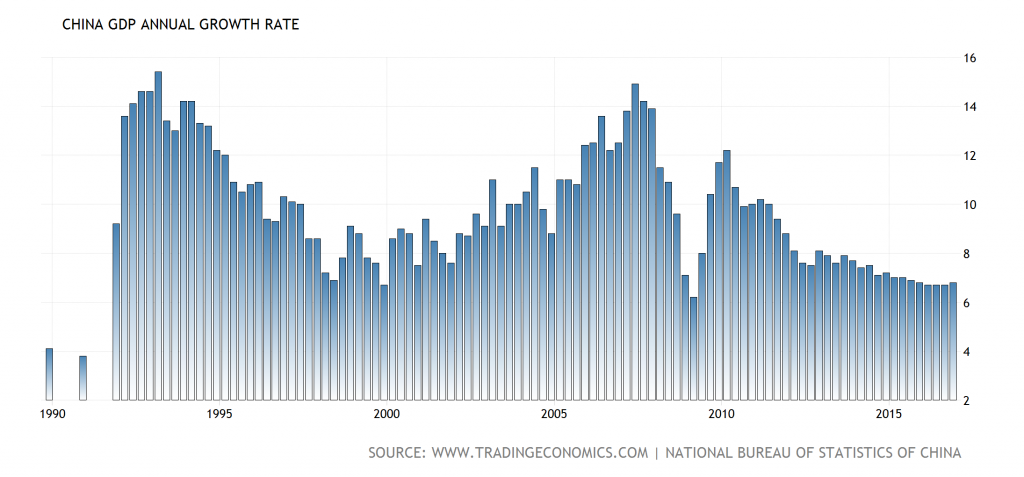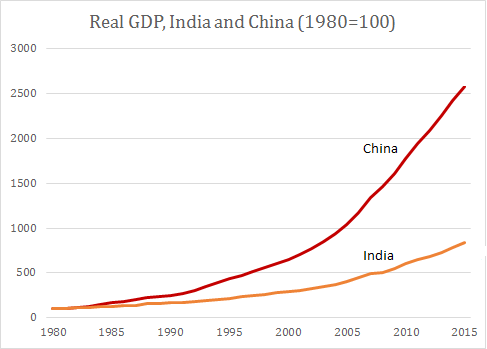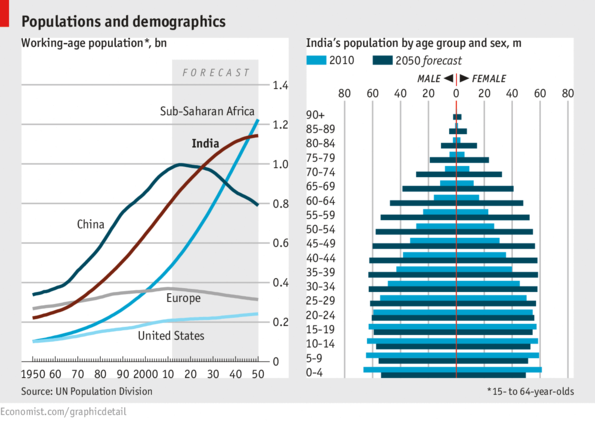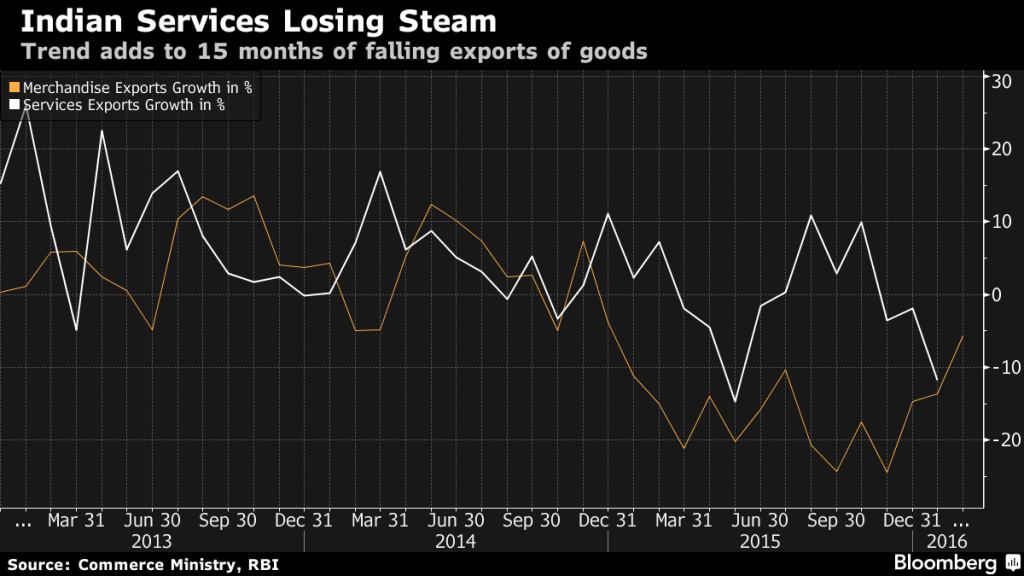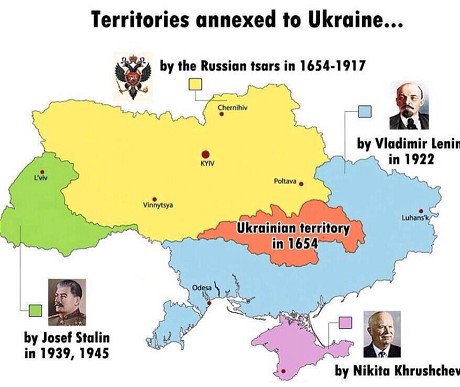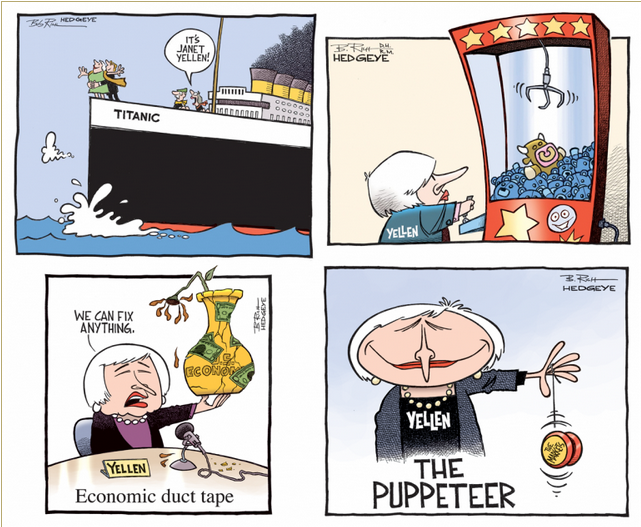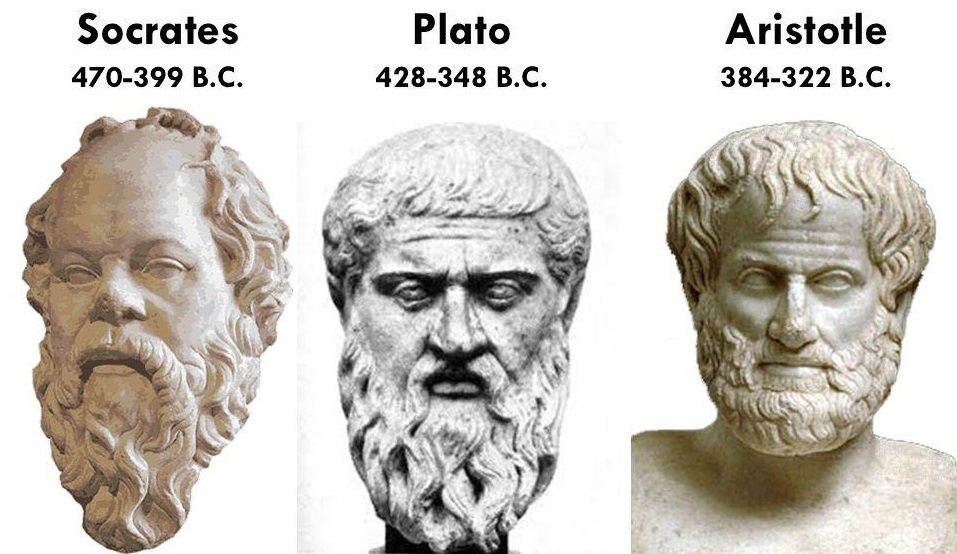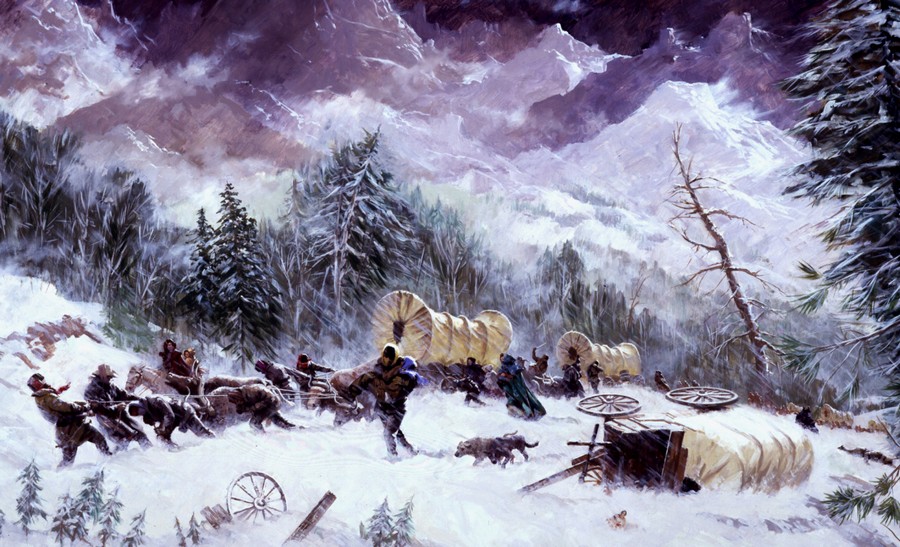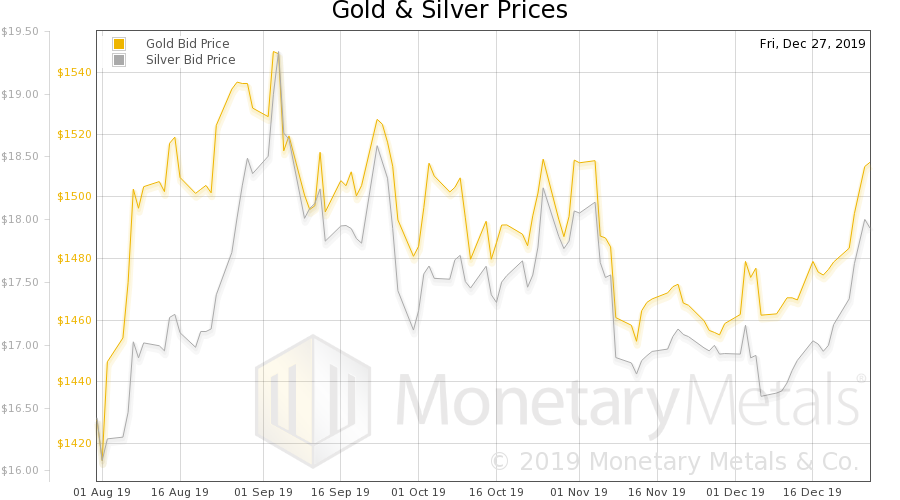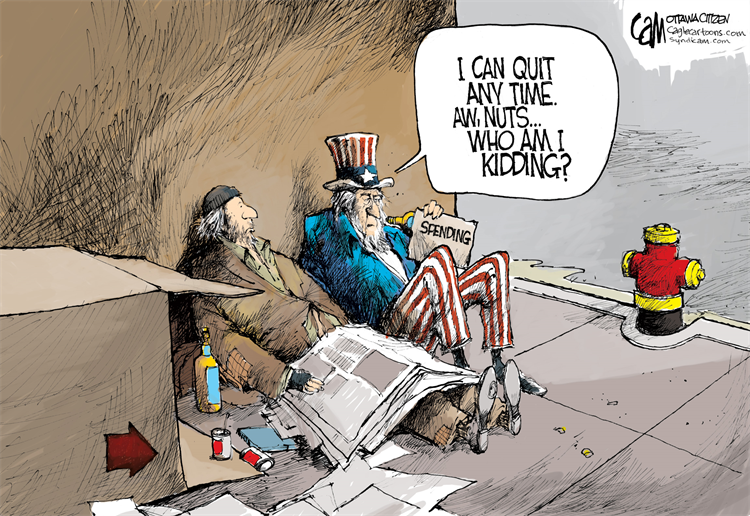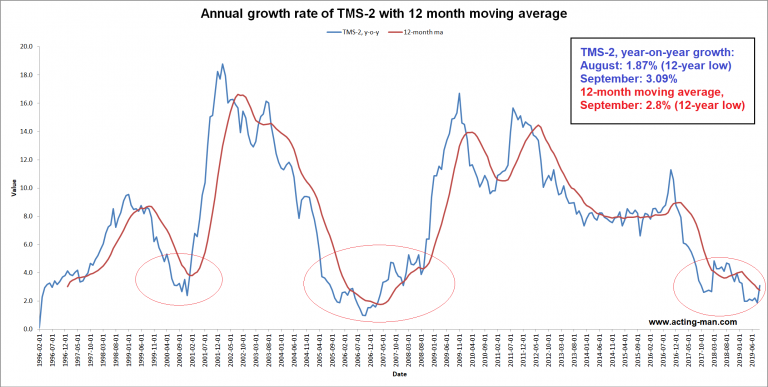Popular NarrativeIndia has been the world’s favorite country for the last three years. It is believed to have superseded China as the world’s fastest growing large economy. India is expected to grow at 7.5%. Compare that to the mere 6.3% growth that China has “fallen” to. The IMF, the World Bank, and the international media have celebrated this event. Declining commodity prices and other problems in Russia, Brazil and South Africa have damaged the prospects of the BRICs (ex-India) and other emerging markets. Commodity and currency markets have been very turbulent, and the Arab Spring has not only failed to keep up its pace, it has half-destroyed the Middle East, with fires raging in Syria, Turkey, Libya, etc. Migrant problems in Europe and the uncertain future of the US — as per the current narrative — leave India as the prime candidate to prop up global economic growth. |
India GDP Annual Growth Rate 2008 - 2016 |
| It seems to be deeply emotionally satisfying to finally see the world’s largest democracy supersede the “communist dictatorship” of China. India’s GDP has also just surpassed that of the UK, its former colonial master. The world is looking toward India as a beacon for the future of humanity. Again, that seems to be the narrative. |
A WSJ video report on India as the world’s fastest-growing economy |
Is India the World’s Next Superpower?Everything cited above is plain wrong and falsifiable by using primary school mathematics. It is little but rationalization for what seems to be emotionally gratifying. China’s GDP is USD 11.4 trillion (2016; IMF). India’s GDP is USD 2.25 trillion (2016; IMF). These economies are in no way comparable. The Chinese economy is more than 5 times larger. China’s GDP per capita stands at USD 8,260 and that of India at USD 1,718. China’s population (1.37 billion) and the population of India (1.34 billion) are comparable — but China is five times richer on a per capita basis. Based on these figures, India will add USD 129 in economic output on a per capita basis if it grows at a pace of 7.5%. Similarly, if China grows by 6.3%, its output will increase by USD 520 per capita. |
China GDP Annual Growth Rate 1990 - 2015 |
| Those who say that India is home to the world’s largest economic growth have not even done primary school math on the situation. India actually needs to grow at more than 30% to outpace China in absolute terms per capita.
It helps to play around with the numbers cited above to understand how erroneous expectations have been. If one assumes that India continues to grow at a rate of 7.5%, and China at a rate of 6.3% from here on out, it will take 127 years before India’s per capita growth will actually begin to exceed China’s. The problem is that many people confuse “rate of growth” with actual “growth.” They blithely assume that a higher growth rate means greater growth. They assume that a decline in the growth rate is a decline in growth. Perhaps people simply see what they want to see as a result of their ideological preferences. In the early 1980s, India was richer on a per capita basis than China — India’s population was much smaller than China’s, but its GDP was of similar size. If one pores over statements released by international institutions and media reports published over the past 36 years, it was consistently claimed that while India would be slow in getting to this point, it would eventually outpace China. Not only did this not happen, but as demonstrated above, by now it looks as though it will be virtually impossible for India to outpace China. One should pause to reflect on why so many have been so consistently wrong about India. |
Real GDP for India and China 1980 - 2015 |
The Sacred Cow of DemocracyOne of the major reasons why the West, its institutions and the upper and middle classes prefer India over China is that India follows the western religion of democracy. They refuse to see that democracy tends not to work in poor countries (it is debatable whether it worked in the West). One could well say that by the time democracy was introduced in the West, particularly in its present form in which everyone has the right to vote, the West had already reached its intellectual peak. The history of democracy’s achievements in the non-western world is particularly bad. Africa, the Middle East, South East Asia and most of South America are riddled with countries that embraced democracy and almost immediately took a turn for the worse. In fact, I cannot think of a single country in these regions that improved after adopting democracy. Nepal, East Timor, and PNG are vivid recent examples. |
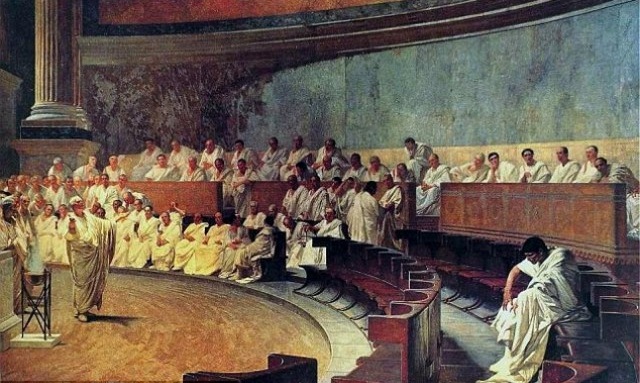 A painting purporting to show the assembly of ancient Athens. The city-state became democratic around 500 BC – it was the first known experiment in democracy. However, only adult male Athenian citizens who had completed their military training had the right to vote. Slaves, freed slaves, children, women and foreigners residents were excluded. - Click to enlarge |
| Non-western countries which have performed better in terms of economic growth and social indexes improved during time periods in which they were for all practical purposes not democratic. To name a few: Lee Kuan Yew’s Singapore, British and now Chinese Hong Kong, Park Chung-hee’s South Korea, Pinochet’s Chile, and Chiang’s Taiwan.
In India democracy never worked, but who need facts when emotions need to be satisfied? If Africa were a country, India would be worse off in terms of virtually every economic and social index on per capita basis. As a proportion of India’s population, the country’s people are among the world’s poorest, most diseased, wretched and malnourished. 48% of Indians don’t even have access to toilets. Similar percentages of India’s population live without electricity, water and other basic amenities. To put this number into perspective again: at a per capita GDP of USD 1,718, India is poorer than Sudan, the Republic of Congo, Laos, Papua New Guinea and many other countries not exactly known for their great wealth. It is often claimed that India has the largest English speaking population outside the western world. This was true in the past, but it is likely no longer true. China has brought in a large number of native speakers from Canada, the UK and the US to teach English to its students. It seems very likely that there are now more English speakers in China than there are in India – and they speak better English. India certainly appears to be in an advantageous position in terms of demographics. While China’s society is aging and the number of young people is declining, more than 50% of Indians are below the age of 29. Alas, this is likely to turn into a liability, as the vast majority of them are unskilled and incapable of participating in the modern economy. There is a net increase of 12 million Indians joining the workforce every year, but India continues to exhibit job-less growth. While their expectations are increasing — for they all watch American TV — they lack wealth-generating capabilities. As a result, crime is on the rise. India’s institutions are often highlighted as the reason for the country’s superiority over China or other non-democratic systems. The reality is that in the last 70 years, Indians have systematically destroyed the institutions left by the British. Today’s judiciary, legislature and executive are not comparable. Today none of these institutions are run for the benefit of the country’s citizens. They operate for the glorification of the State, in which citizens are mere cogs. These institutions have mutated on account of India’s underlying tribalism totalitarian tendencies. Unless one is a criminal, one doesn’t visit a police station in India. The tyranny of the police, up to and including killing innocent people in fake encounters, has a long history. Court cases can drag on for decades. Regulations and laws are mere pieces of paper, with decisions sold to the largest bidder. It is virtually impossible to get anything done in India without a bribe. Worse, people must grovel and humiliate themselves in front of public servants to get what is rightfully theirs. Readers will do themselves a service by challenging themselves to find out whether democracy really has any connection with improved governance, stronger institutions of liberty, or faster economic growth.
|
Populations and Demographics |
India’s Problems Have Deep RootsIndia is an extremely irrational, superstitious, and tribal country. The concept of reason is mainly conspicuous by its absence in much of India. India was long associated with Britain and has imported western institutions, ways of living, technology, etc., over the last 200-300 years, but has failed to import the concept of reason. The same could be said for Africa, the Middle East, rest of South Asia and most of South America. But we will stick with India here. Without the concept of reason, people can have no understanding of the rule of law, of fairness, or simply of what is right or wrong. They can only think in terms of might is right, street-smartness and political connections. Such a society cannot have any understanding of the principles of the ten commandments, or have respect for the individual and liberty. Assimilating the concept of reason hasn’t happened in the last 200-300 years. In Europe it took about 2,000 years after it was discovered by Greco-Roman philosophers. Could it take another millennium or more before India’s society will be able to assimilate the concept of reason? In the last three decades, India’s economy has grown, but most of this growth can be attributed to significantly improved access to the western world and its technology through the new medium of internet and cheap telephony. The low-hanging fruit from this have been plucked and India is starting to show signs of stagnation. While India grew economically, government grew at an even faster rate. People and corporations took on debt faster than they could repay it. They imported the lifestyle and a generous helping of consumerism from the West, mostly its entertainment aspects. Reason fell by the wayside. All evidence indicates that Indians were actually disincentivized from developing critical thinking, creativity and reasoning skills. Why bother when one could become rich without them? Indian manufacturing plants or offices, including those in the private sector are chaotic, wasteful and incapable of planning and following a system as a result. Labor costs appear cheap, but India’s chaos ensures low productivity. Given a chance, Indian companies prefer to move their factories to China. Indian cities and villages are packed with Chinese good, even very basic ones. The way Indians drive mirrors how Indian manufacturing and service industries operate: |
Indian motorists in action |
What Will India’s Future be Like?It shouldn’t be too difficult to abandon the idea that India will be the next China. India’s much-celebrated growth of 7.5% is too low to make any real impact on the world economy. But even this is under massive threat, once considers the country’s institutional and cultural problems. As mentioned earlier, the low-hanging fruit from importing western technology have been plucked by now. India has failed to cultivate critical thinking and hence the ability to develop its own technology. India has been a massive beneficiary of the fall in oil price, as oil is by far its biggest import. This was a one-off gain, a benefit for growth that will trail off again. Indian exports are already showing signs of strain and are falling, partly losing out to other countries which continue to improve their competitiveness, such as China and the Philippines. Members of India’s middle class have become remarkably arrogant, thinking that there must be something special about them that made them so much richer, but they were merely lucky beneficiaries of western technology. This arrogance has boosted nationalism, which is spreading like wildfire. In a society lacking in rationality, nationalism is not perceived to be about human values but is a mere geographical, tribal concept. Hindutava (Hindu-nationalism) has been on the rise. The BJP, the party representing this ideology, has come to power two and half years ago, with Narendra Modi as the prime minister. Under Modi’s reign, as the institutions which the British left continue to get destroyed, liberties are falling, taxes are going up without any improvements in public service, and the regulatory burden has increased significantly. The country is getting increasingly centralized as well, and brought under Modi’s command. He believes he has to do more of all these things to ensure India remains on a path to growth. This is a recipe for disaster. On 8th November 2016, Modi announced a ban on banknotes affecting 86% of the monetary value of currency in circulation. This has been another example of his dictatorial policies, as the decision was not even discussed by his own cabinet. Even the central bank did not know about the ban until the very last moment. Readers should reflect on the fact that Modi took a decision crippling the economy by robbing it of its life-blood, depriving people of the medium of exchange they needed for performing transactions, without worrying in the least about checks and balances. |
Indian Services Losing Steam |
Conclusion
It should be easy to see that India is not the next China. There is no point in holding out much hope for India. Rather, it is ever easier to conclude that it is on the way to becoming the next banana republic, similar to neighboring countries such as Pakistan, Bangladesh, Sri Lanka, Myanmar or Nepal.
Intellectuals should engage in some self-reflection on why they have been consistently wrong about India. It is China that exhibits continued economic and social growth. China keeps coming out with innovative products. In China’s book shops one can find Chinese translations of many of the best foreign books. I’m worried that India could rapidly become a backwater by comparison.
Charts by: Bloomberg, TradingEconomics, Economist
Chart and image captions plus editing by PT
Full story here Are you the author? Previous post See more for Next post
Tags: newslettersent,On Economy,On Politics










